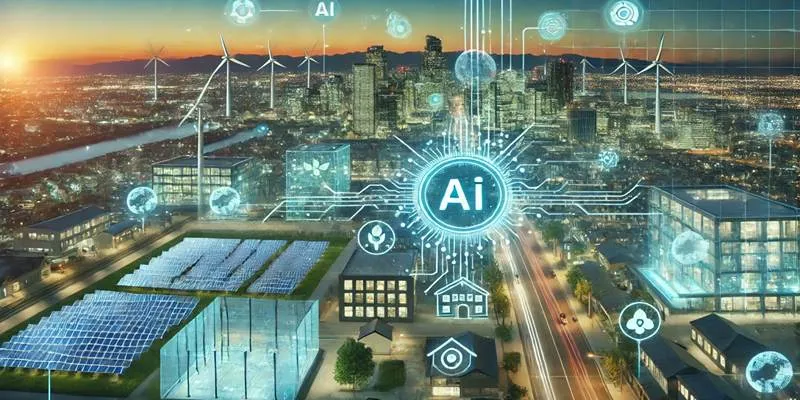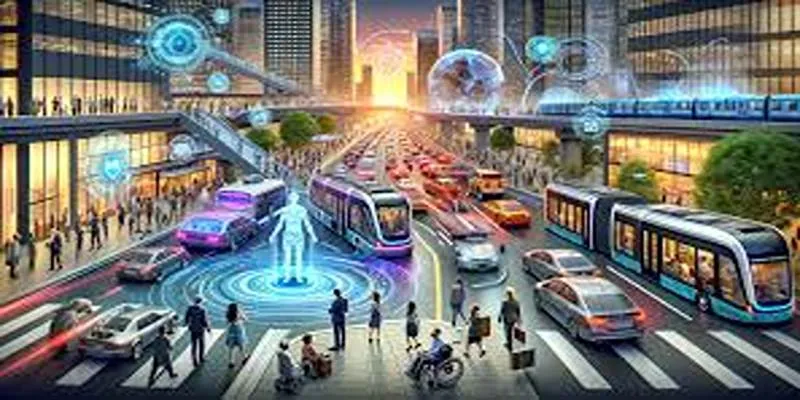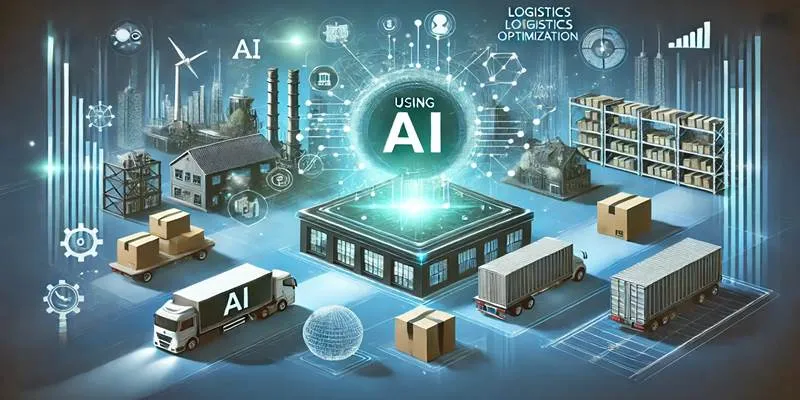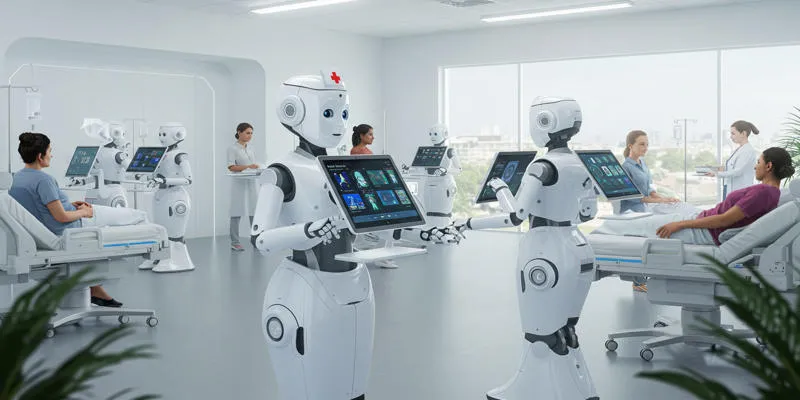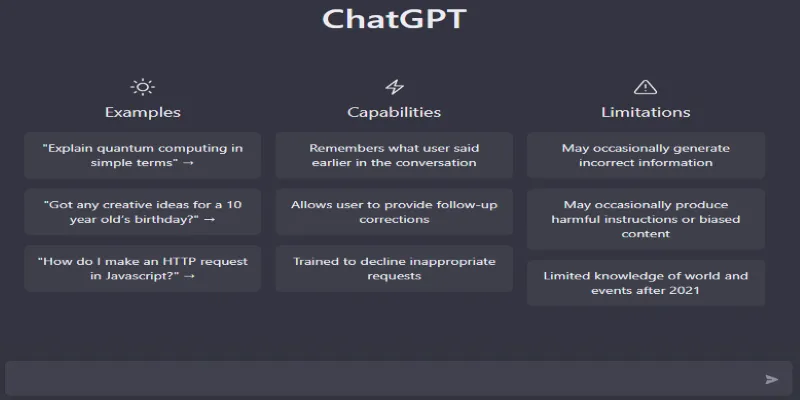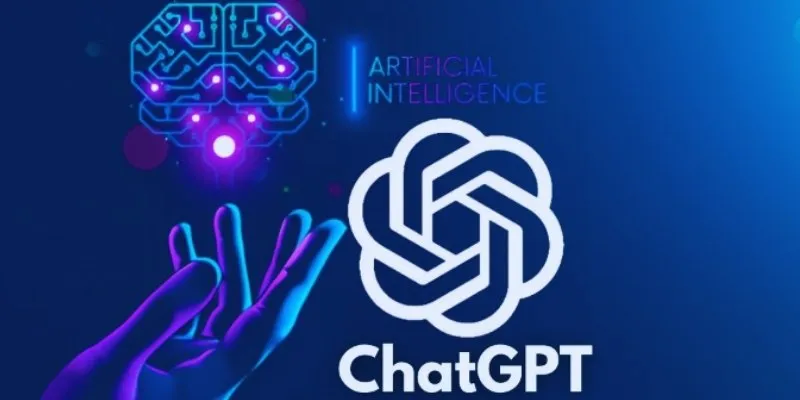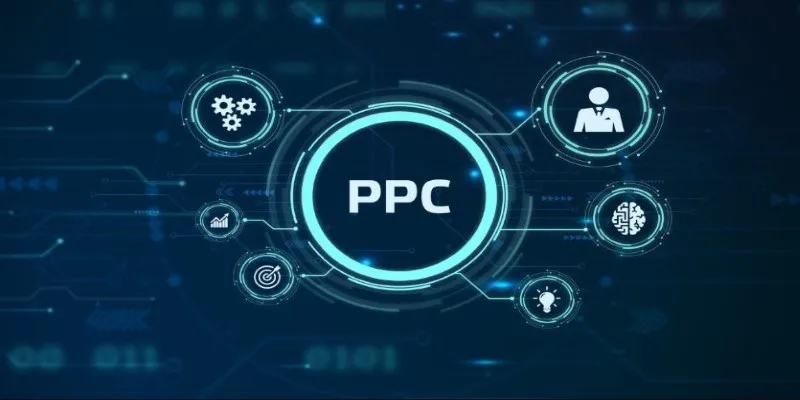Predictive maintenance is revolutionizing vehicle maintenance in transportation systems. Traditional methods, which rely on fixed schedules or reactive responses, often result in unexpected breakdowns or unnecessary part replacements. Today, artificial intelligence (AI) offers smarter, data-driven maintenance solutions, preventing issues before they occur.
Using sensors, machine learning algorithms, and real-time data analysis, AI enables transportation companies to keep vehicles running longer, safer, and more efficiently. Let’s explore how this technology transforms predictive maintenance in transportation systems.
What is Predictive Maintenance?
Predictive maintenance uses data and complex algorithms to determine when a vehicle or piece of equipment will need repair. Rather than waiting for failures, AI identifies potential issues before they escalate. By analyzing real-time data from numerous sensors with machine learning models, AI detects trends and problems, allowing repair teams to address issues before costly breakdowns occur or safety is compromised.
How AI is Transforming Predictive Maintenance in Transportation

AI has become integral to predictive maintenance across various sectors, including transportation. Here’s how AI is making a difference:
Real-Time Data Collection and Analysis
Transportation systems are equipped with numerous sensors that continuously collect data on components like engines, wheels, and brakes. AI programs analyze this data in real-time to detect changes or anomalies indicating potential issues. By constantly monitoring these systems, AI identifies problems much earlier than traditional methods.
- Sensors on vehicles gather data on engine temperature, tire pressure, fuel consumption, and brake performance.
- AI models analyze this data to identify early signs of failure, such as engine overheating or brake wear.
Predicting Failures Before They Happen
AI-driven predictive maintenance excels at forecasting when parts need servicing or replacement. By analyzing historical data and identifying patterns, AI models predict when a part might fail, considering usage frequency and wear and tear.
- For example, AI can predict when a vehicle’s brake pads need replacement after a certain mileage, enabling proactive maintenance.
- In aviation, AI can forecast engine failures, providing technicians ample time for repairs.
Cost Reduction and Improved Efficiency
Shifting from reactive to predictive maintenance allows transportation companies to save significantly. Repairing a vehicle post-breakdown is often costlier than routine maintenance. Additionally, AI reduces unnecessary inspections and repairs by focusing on parts that truly need attention.
- Lower maintenance costs : Predictive maintenance minimizes downtime and reduces expensive repairs.
- Increased vehicle lifespan : Timely interventions ensure vehicles last longer and perform optimally.
Applications of AI in Different Transportation Modes
AI-driven predictive maintenance applies to various transportation modes , each benefiting from AI’s ability to predict maintenance needs.
Railways
In the rail industry, train breakdowns can have severe consequences. AI- powered predictive maintenance systems monitor key components like engines, tracks, and signaling systems to keep trains running smoothly.
- AI analyzes data from sensors to monitor vibrations, engine performance, and track conditions.
- Maintenance teams receive alerts about rail wear or signaling malfunctions before they cause delays or accidents.
Aviation
Airlines depend on predictive maintenance to ensure aircraft safety and minimize disruptions. AI systems monitor various airplane aspects, including engine performance, fuel consumption, and cabin pressure.
- Airlines use AI to predict when parts like engines, turbines, and brakes need replacement.
- This reduces unexpected flight delays and enhances passenger safety.
Maritime Transport
Maritime transport relies on maintaining large fleets of ships in excellent condition for safe and efficient operations. AI-enabled predictive maintenance allows remote monitoring of vessel performance, identifying potential issues early and reducing unexpected breakdowns.
- AI systems track factors like engine performance, hull integrity, and fuel efficiency.
- Predicting maintenance needs helps avoid costly downtime and improves operational efficiency.
Benefits of AI in Predictive Maintenance
Implementing AI in predictive maintenance offers several advantages for transportation systems:
Reduced Downtime
By anticipating maintenance needs, AI minimizes unplanned downtime, which can be costly and disruptive. Whether a train, bus, or aircraft, predicting issues ensures longer operational periods.
Improved Safety
AI prevents failures that could pose safety risks. Systems identify wear and tear on crucial components like brakes, tires, or engines, allowing technicians to address issues before they compromise safety.
Cost Savings

Identifying potential issues before they escalate prevents expensive repairs, reduces unnecessary maintenance work, and extends vehicle and equipment life, resulting in significant cost savings over time.
Conclusion
AI is transforming predictive maintenance in transportation systems by predicting failures before they occur, reducing downtime, enhancing safety, and improving efficiency. While challenges exist, the potential benefits of AI-driven predictive maintenance are clear. As technology advances, AI’s role in transportation systems will grow, making travel safer and more efficient for all.
 zfn9
zfn9

